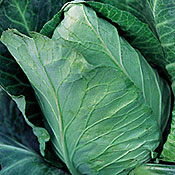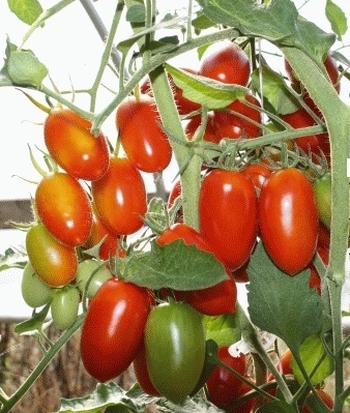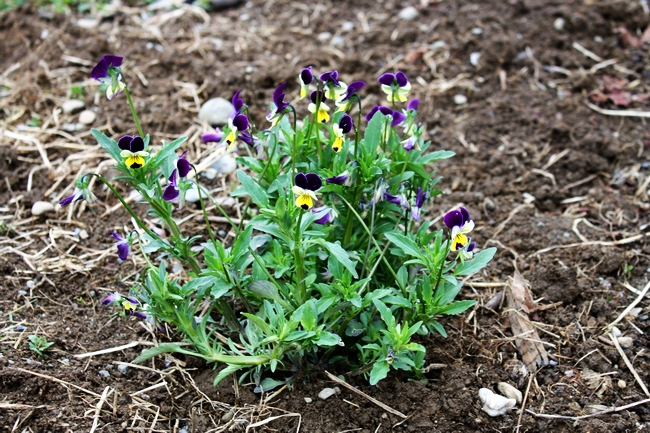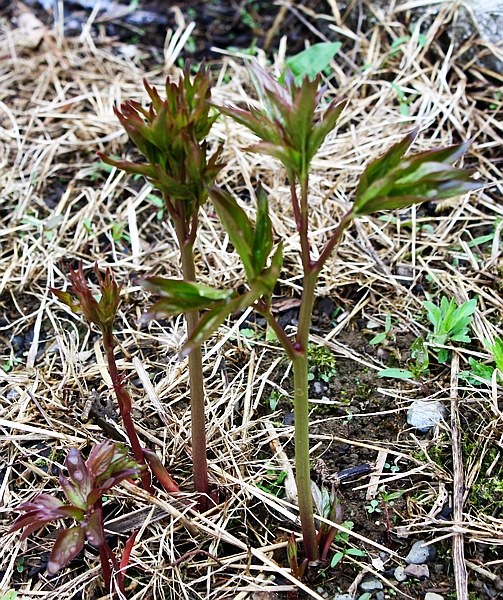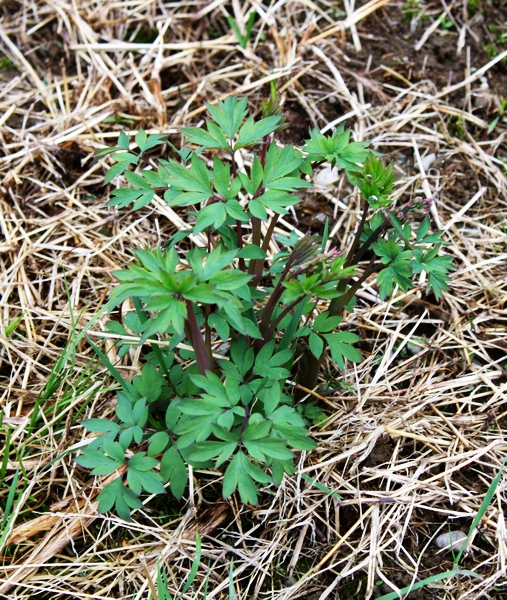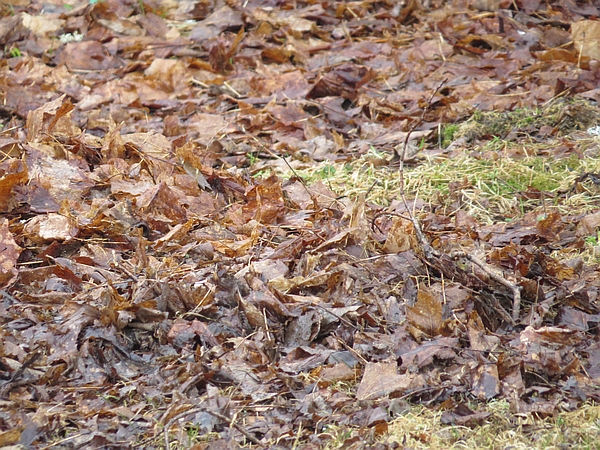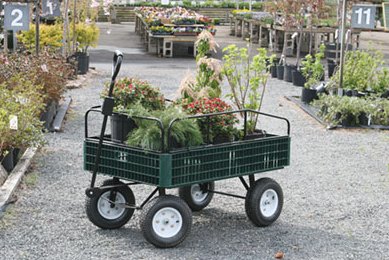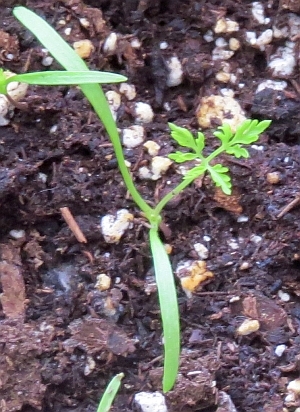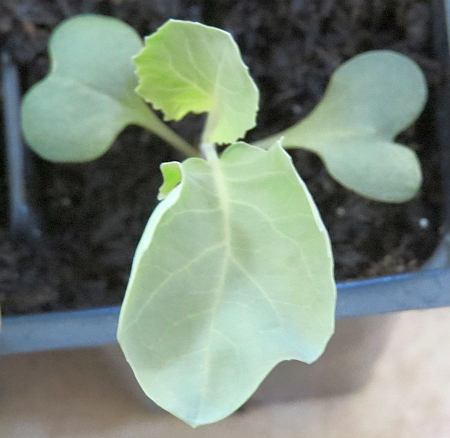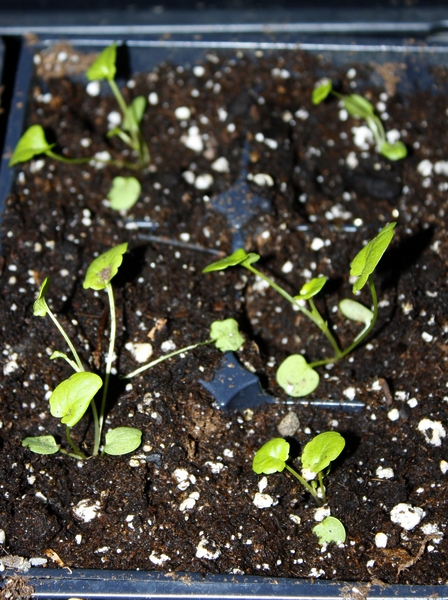Summer Money Saving Tips
I’ve been thinking about my plans for the homestead a lot lately. It’s been more than a year since we moved to Tennessee to homestead and operate Homesteader’s Supply. With such a long list of things to do, money has to be part of the plan. What can we do on the homestead without spending a ton of money this summer? Plenty! We shared Money Saving Tips for Homesteaders last winter, and a second part, More Money Saving Tips for Homesteaders. And now, more ideas! Summer money saving tips.
Summer Money Saving Tips
- Eat what you have and avoid the grocery store. Seasonal eating is your chance to gorge on what’s ripe now. I’m a little tired of rhubarb but now that the strawberries are starting to ripen and show up at farmers market, I can add a little variety. The garden is doing well. We’ll probably all be tired of eating the same things often before the next fruit or vegetable is ripe, but we can change it up. Try new recipes. Put up what you can for winter.
- Buy seconds from local farmers. You might save a few more dollars if you can pick the fruit or vegetable, or at least pick it up at the farm. Summer money saving tips.
- Build inexpensively, but build it well. When you put your building skills to use you should build sturdy and attractive things. In the long run it will last and you’ll be happy with your work.
- Co-own. If you need a piece of expensive equipment too often to rent but not often enough to own yourself, consider co-owning. I tried to rent a rototiller three times before I actually got one. I don’t need a rototiller often but when I do, it’s time sensitive. My friend and next door neighbor chipped in and together we bought a tiller. I thought about doing this with a snow blower now that I live in an area with some snow but that’s a little too time dependent.
- Wild harvesting is always going to be one of my most favorite money savers. I can pick gallons of berries each summer on a wildlife refuge for the price of a gallon of gas to get there and back. They’re $4 a pint in the grocery store. Summer money saving tips.
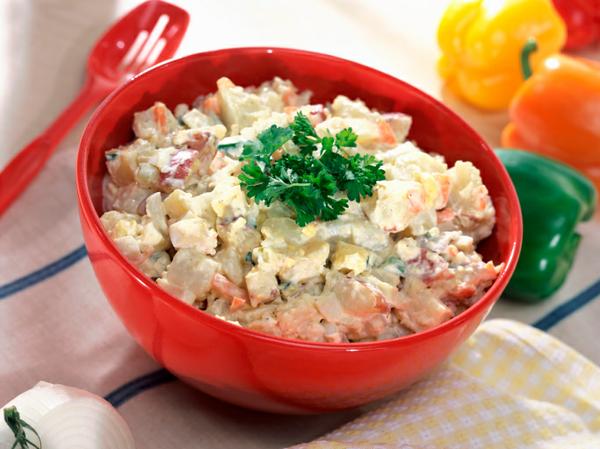
- My current favorite money saving tip for homesteaders covers entertaining. We are having a blast. A group of friends take turns hosting potluck. The host supplies the drinks. I didn’t want to buy plastic silverware and tablecloths and paper plats each time it was my turn to host. We sometimes have 30 people at a meal. That’s a lot of settings to buy and throw away. Here’s what I’ve done: Summer money saving tips.
- Buy inexpensive silverware and tablecloths. Check yard sales!
- Buy inexpensive plates, serving bowls and glasses. They don’t have to match.
- Until you’ve built up your inexpensive but nice tableware, BYOS. Bring Your Own Setting.
- BYOS, Part II. Bring Your Own Seat.
- Progressive meals are a lot of fun. Start with appetizers and move from homestead to homestead through the courses. The food doesn’t have to be fancy, just good.
- Dessert night. After a long day of chores it’s really nice to get together with friends over dessert. Who needs dinner when you’ve got homemade dessert? Tarts with fresh fruit, cheesecake with fresh cream cheese, cakes, pies, ice cream…
Enjoy the summer! Summer money saving tips.

